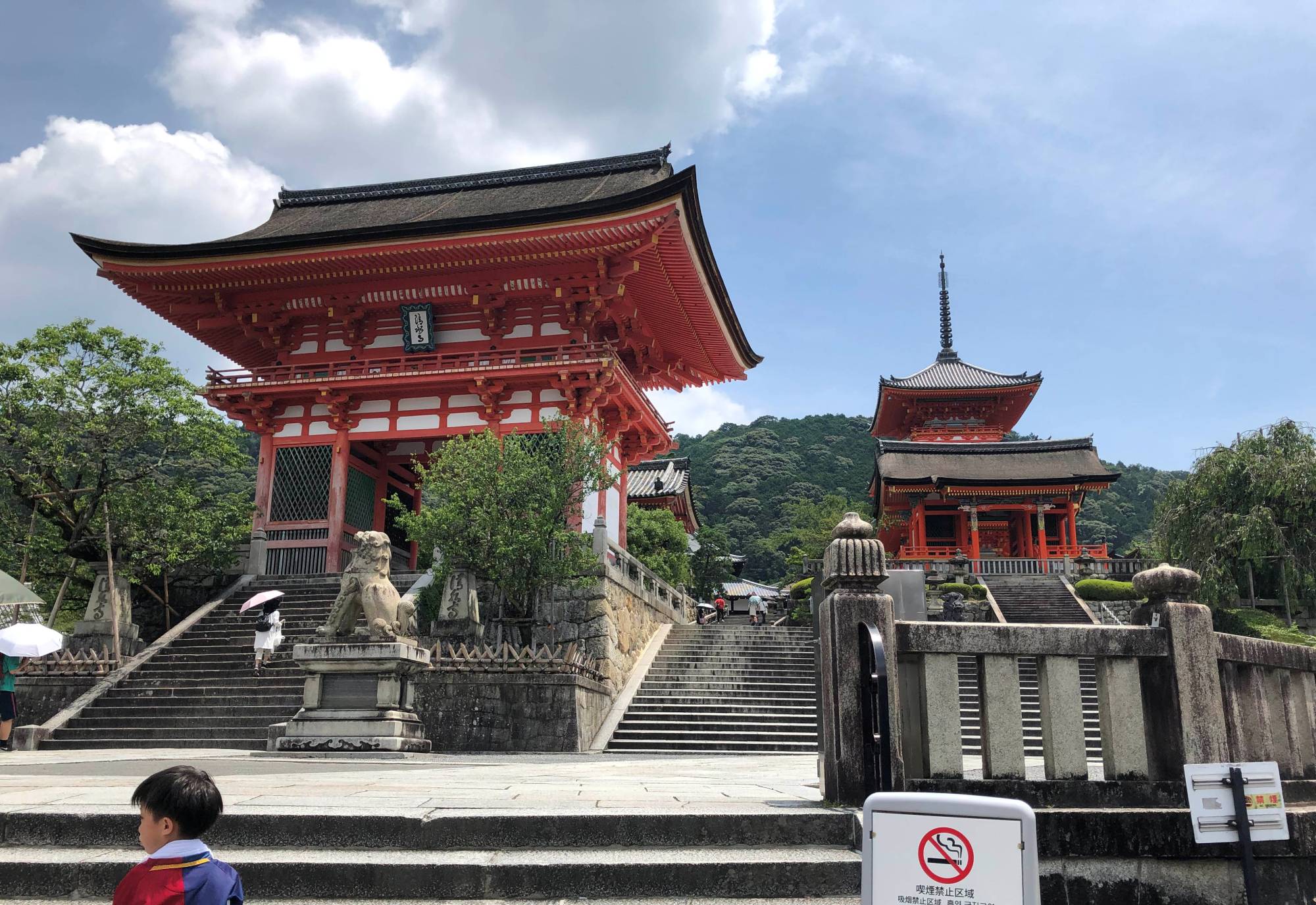The government will relax its COVID-19 protocols — the changes of which will affect both visitors to the country and the treatment afforded Japanese citizens at home.
The new policies align Japan with other major economies, and are anticipated to boost the economy as tourists visit to take advantage of a weak yen. Travel-related businesses are pleased with the decision, but it isn’t clear if the public is on board.
Prime Minister Fumio Kishida announced this week that Japan will no longer require pre-arrival coronavirus tests for vaccinated travelers from Sept. 7, and will increase the number of arrivals allowed into the country on a daily basis — a number that is currently set at 20,000. Visitors will now be required to submit proof of vaccination and those that have received three doses of an approved vaccine will not need a pre-arrival PCR test.


















With your current subscription plan you can comment on stories. However, before writing your first comment, please create a display name in the Profile section of your subscriber account page.